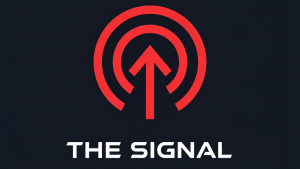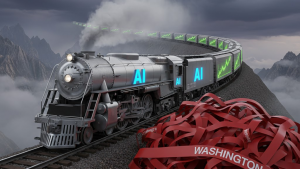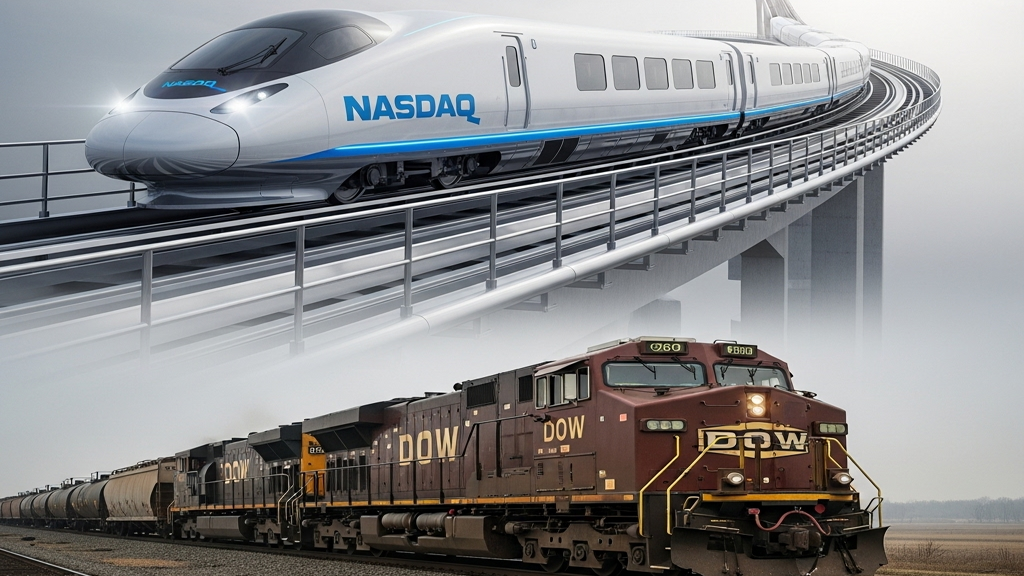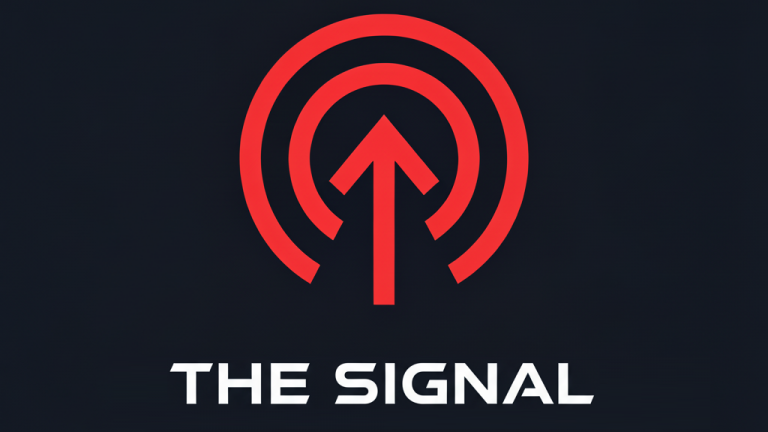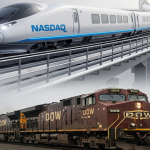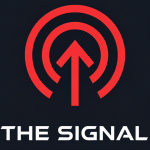Closing Bell for October 8, 2025
Summary (TL;DR)
For investors, the key takeaway is the significant divergence in the market. While technology and AI-related stocks powered the Nasdaq and S&P 500 to new records, the Dow Jones Industrial Average often seen as a proxy for the broader, more traditional economy stalled, closing nearly flat. This suggests that investor enthusiasm is highly concentrated in the tech sector, driven by the AI narrative, while caution remains for more established, non-tech industries that may be more sensitive to economic headwinds like the ongoing government shutdown.
What Happened?
On Wednesday, October 8, 2025, the Dow Jones Industrial Average (DJIA) bucked the trend of the wider market. While the S&P 500 and Nasdaq Composite rose 0.6% and 1.1% respectively to set new all-time highs, the Dow finished the day down by a negligible 1.20 points. The index, composed of 30 large, blue-chip companies, represents a more traditional slice of the U.S. economy compared to the tech-heavy Nasdaq. Its flat performance indicates a lack of broad participation in the day’s rally.
Why It Matters?
Analysts were watching to see if the market rally, previously concentrated in a few tech giants, would broaden out to include other sectors. The Dow’s failure to join the record-setting advance is significant because it signals that it has not. This divergence matters because a healthy, sustainable market rally is typically characterized by broad participation across many industries.
The current “narrow” rally, led by a handful of AI-centric stocks, is seen by some as less stable. The Dow’s sluggishness reflects underlying concerns about the real-world economy, which are being overshadowed by the tech frenzy. Sectors represented in the Dow, such as industrial and financial companies, may be more exposed to the economic uncertainty created by the government shutdown and the lack of reliable economic data.
The Debate (The Bull vs. Bear Case)

The Bull Case (The Optimistic View): On one hand, optimists believe this is a temporary and healthy market rotation. They argue that the AI revolution is a genuine paradigm shift, and it is natural for technology stocks to lead the market into a new era of growth. The strength in the Nasdaq and S&P 500 will eventually spill over into the broader economy as companies across all sectors adopt new technology to boost productivity. The Dow’s pause is simply a consolidation before it joins the next leg of the rally.

The Bear Case (The Cautious View): On the other hand, cautious voices point to the Dow’s performance as a warning sign. The divergence between the tech-heavy indices and the Dow indicates a fragile, speculative market concentrated in a single narrative (AI). This creates a “two-tier” market where valuations in one sector become detached from the fundamentals of the overall economy. Such narrow leadership has historically been a precursor to market corrections, as any disruption to the leading sector could bring down the entire market structure.
By the Numbers (Key Data & Metrics)
- Dow Jones Industrial Average (DJIA): Closed at 46,601.78, down 1.20 points (less than -0.1%).
- S&P 500: Closed at a record 6,753.72, up 39.13 points (+0.6%).
- Nasdaq Composite: Closed at a record 23,043.38, up 255.02 points (+1.1%).
- Market Divergence: The Nasdaq’s +1.1% gain starkly contrasts with the Dow’s essentially flat performance.
Unknowns & Limitations:
- The exact reasons for the underperformance of specific Dow components are not detailed in the available high-level market summaries.
- The long-term sustainability of the market divergence remains a significant unknown.
Disclaimer: This article is for informational purposes only and does not constitute financial, investment, or legal advice. The information provided is a synthesis of publicly available data and expert analysis and should not be considered a recommendation to buy or sell any security. Investing in the stock market involves risk, including the possible loss of principal. Past performance is not indicative of future results. Readers should consult with a qualified financial advisor to determine an investment strategy that is suitable for their own personal financial situation and risk tolerance.
Sources:
